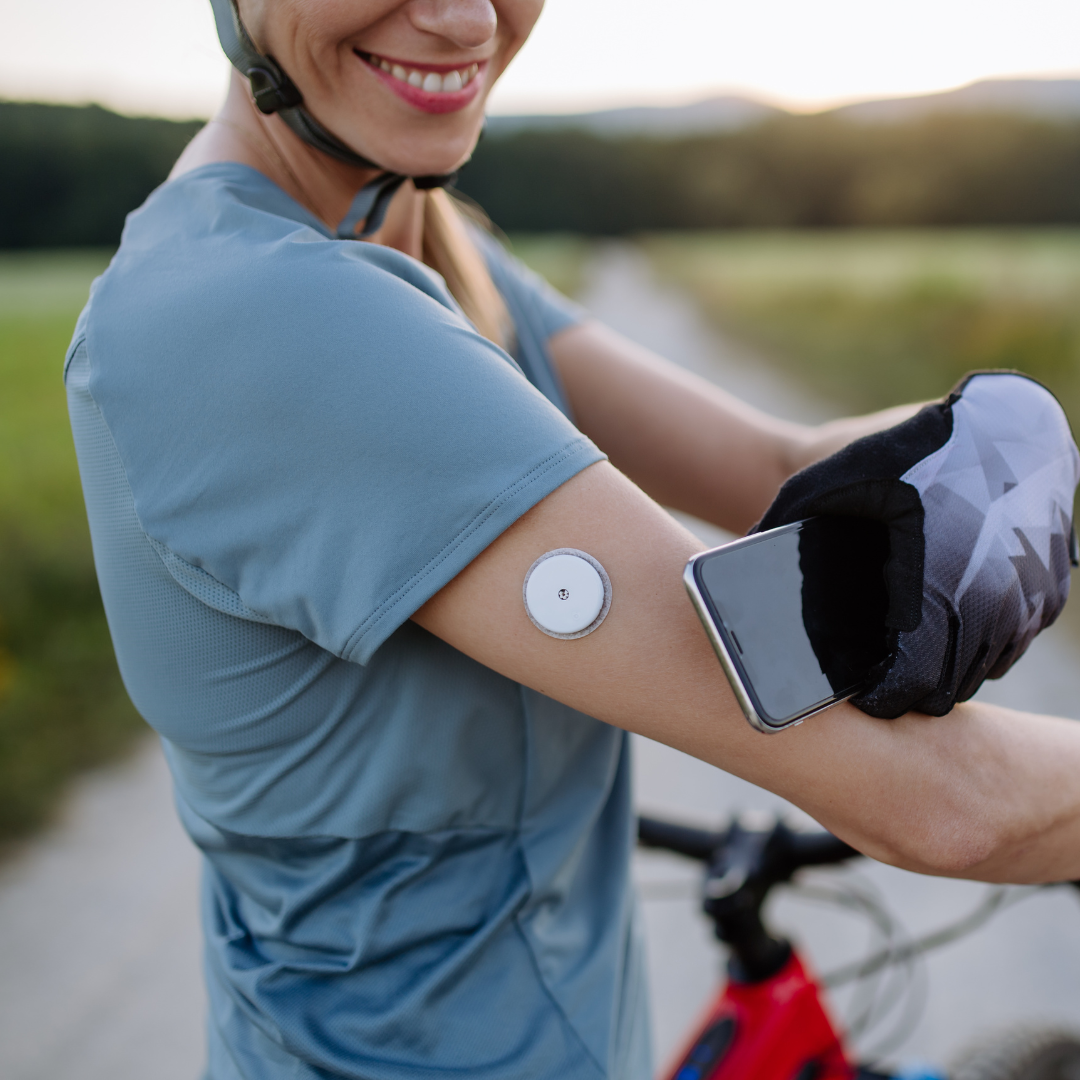Wearable technology is becoming an increasingly popular way to monitor health — and for good reason. These devices offer valuable information that can help you better understand your body and make changes to support your overall health.
We asked endocrinologist Dr. Lucy Esteve to share everything you need to know about using wearable devices to help achieve your metabolic health goals.
Why are wearables important in the fight against diabetes?
Over one-third of the U.S. population has prediabetes, and 9 out of 10 people remain undiagnosed. That’s why there’s a pressing need for more widespread screening in the community to help prevent progression to diabetes and the complications that come with it. Wearable devices give us an opportunity to engage patients in their own health and help them make informed changes.
What types of wearable devices are available, and what do they track?
Wearables are non-invasive biometric sensors worn on the body and used worldwide for personalized health monitoring. Think of devices like the Apple Watch, Fitbit, Garmin, and Oura Ring. They generate objective data such as step count, calories burned, sleep patterns, and physiological stress. That immediate feedback can be leveraged to improve glycemic control, encourage self-care, and boost self-efficacy.
Can wearables measure blood sugar?
It’s important to know that, as of yet, smartwatches in the U.S. are not FDA-approved for detecting glycemic dysfunction and don’t provide reliable, real-time glucose levels. However, continuous glucose monitors (CGMs) are minimally invasive wearables that are FDA-approved for managing diabetes and they’ve truly revolutionized how we detect and address blood sugar issues.
What’s new in CGM technology?
We now have over-the-counter CGMs like Abbott’s Lingo and Dexcom’s Stelo. These are designed for people who want to track their metabolic health even without a diabetes diagnosis and do not require a prescription. They allow users to monitor trends in blood glucose rather than single data points like a lab draw, and data can even be shared with healthcare professionals via apps like Dexcom Clarity.
Are there limitations to these devices?
OTC CGMs can be costly, and they only measure glucose levels (they don’t provide additional biometric data). They also don’t have high or low glucose alerts, and accuracy can vary within an acceptable range. Finally, not all of them are integrated into electronic health record systems, which can make clinical workflow more challenging.”
Can you share an example of when CGM technology made a difference for a patient?
A patient in her 40s came to see me for evaluation of intermittent episodes of anxiety, shakiness, palpitations, dizziness, fatigue, and weight gain despite a healthy lifestyle. Her extensive cardiac work-up (EKG, stress testing and echocardiogram) and psychiatric evaluation (for anxiety disorder) were normal, and even her fingerstick glucose checks looked fine. We decided to try a CGM for two weeks, and she carefully logged her meals, symptoms, and exercise. When we reviewed the data together, we found she was having rapid blood sugar spikes after higher-carb meals, followed by quick drops — typical of reactive hypoglycemia. By simply adjusting her diet and adding more frequent high-protein snacks every 2–3 hours, her symptoms improved dramatically.
The Bottom Line
Wearable devices are powerful tools that can help patients and healthcare providers work together toward better health outcomes. As Dr. Esteve explains, they are not a replacement for medical evaluation, but when used correctly, they can be a game-changer in understanding and managing your health.
Consult with an Endocrinologist in Austin, TX
If you’d like to schedule an appointment with one of our endocrinologists at Texas Diabetes & Endocrinology and discover how our diabetes services and other endocrinology therapies can help you lead a full and active life, please contact us at (512) 458-8400 or request an appointment online.



